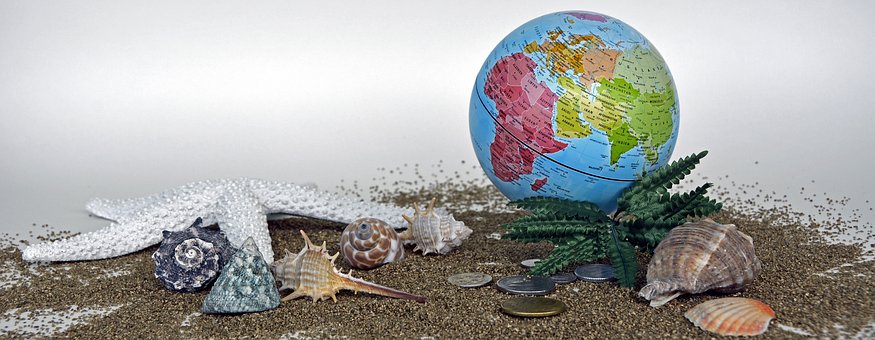The Seven Plastics
Can You Identify All Seven?
Look Around. They're Everywhere!
The next time you fill a grocery cart, it is more than likely the cart will contain seven different types of plastic. Would you be able to identify each type? Normally, it is not at the forefront of anyone’s mind. Yet many households have recycling bins in their homes and regularly haul the bins out to the curb for weekly pickup. Good for the community, good for the environment, all is good. But is it?
Yes, there are problems with recycling, but efforts must not be dismissed. There are those who believe plastic is the problem, but to counter that belief is the contention that better recycling solutions could help fight the battle. There are solutions out there, but they need help. One of the first ways to understand the problem and the solution is to identify the seven different types of plastic.
You probably guessed by now that those triangles formed by arrows with a number in the middle are significant. The numbers correspond to the plastic or resin type. The reason for these symbols is to identify the primary type of plastic (resin) used to make the item for the purpose of knowing how to handle its disposal.

Types of Plastics, Primary Uses, and Properties
- PET - Polyethylene terephthalate
- Food, drink, and packaging
- Most recycled plastic worldwide
- Food, drink, and packaging
- HDPE – High Density Polyethylene
- Grocery bags, milk jugs, lids, and shampoo bottles
- Resistant to moisture and chemicals
- Grocery bags, milk jugs, lids, and shampoo bottles
- PVC – Polyvinyl chloride
- Building and construction, wiring, plumbing and electrical cable insulation, and packaging
- Resistant to chemicals and weathering
- Building and construction, wiring, plumbing and electrical cable insulation, and packaging
- LDPE – Low Density Polyethylene
- Sandwich and bread bags, bubble wrap and cling wrap
- Softer and more flexible than HDPE
- Sandwich and bread bags, bubble wrap and cling wrap
- PP – Polypropylene
- Straws, prescription bottles, food containers, packaging tape, disposable diapers, and more items are composed of this plastic
- Most durable type of plastic, heat resistant and flexible
- Straws, prescription bottles, food containers, packaging tape, disposable diapers, and more items are composed of this plastic
- PS – Polystyrene
- Used for takeout food containers, cups, egg cartons, shipping and packaging products, and building insulation
- Low-cost and insulates
- Used for takeout food containers, cups, egg cartons, shipping and packaging products, and building insulation
- Other Plastic – Any plastic not identified by the first six classifications.
- Most common are polycarbonate (PC) and Poly Lactic Acid (PLA)
- Often a combination of any of the first 6 types of plastics
- Some food packaging, multi-layer bags for food freshness, automotive components, electronics such as television/computer screens, Legos and your computer including mouse and keyboard.
This list of primary plastics is a good starting point, but it should be noted that formulations may be modified to make variations of these plastics. Plastics formulations are like baking a cake. You begin with dry ingredients such as flour (plastic resin). Additives like eggs, butter, oil, and color can make the cake more moist or fluffier. The same concept applies to resins. When additives are mixed in the plastics can be made softer, more flexible, or more resilient. What you add to the cake and the amount added produces a delicious and repeatable outcome. Each variation added will create a different outcome.
Plastic is typically manufactured from the byproducts of natural gas, or petroleum. These molecules are further refined into ethane and propane. Substances added will chemically convert these molecules into resin. Like baking that cake. Some resins require higher temperatures or longer periods of heat. This variety of options are not available for alternatives like aluminum or glass. It is the adaptability of plastics that plays a major part in what has made them ubiquitous in our lives.
Petroleum and natural gas based products are currently the dominant base ingredient of plastics manufacturing. However, plastic alternatives have been developed from renewable resources such as plants. These plastics, made from plants, are identical chemically and physically in every way to their petroleum and natural gas derived cousins. In the coming months, and years, you will begin to hear more about them. Bio-PET and Bio-PVC plastics have been developed. As you read this, these alternatives are being scaled through multi-billion dollar investments. Soon, the most common plastics in use for both one-time use and multi-use plastics will be as sustainable as growing plants and trees. These bio-plastics are both recyclable and renewable, but what do we do in the meantime? We’ll explore current recycling options and the truth about recycling today in our next update.

